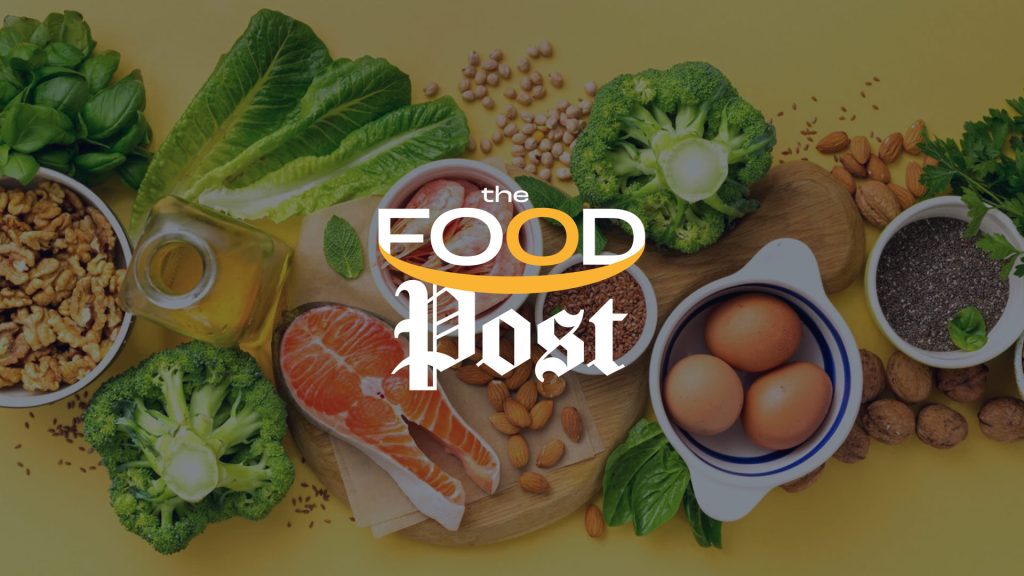A long-awaited report into one of the largest E. coli O157 outbreaks in the United Kingdom has finally been published by the UK Health Security Agency (UKHSA).
In the 2022 outbreak, there were 259 confirmed Shiga toxin-producing E. coli (STEC) O157 cases, including seven secondary infections. Another 25 confirmed patients were reported in Ireland. England had 195 cases, Scotland had 33, Northern Ireland had 18 and Wales had 13.
In the UK, the first reported illness onset date was Aug. 5, 2022, however most cases fell ill between Aug. 25 and Sept. 3 that year. Sample dates ranged from Aug. 26 to Oct. 29, 2022. Between Sept. 5 and 7, the number of confirmed STEC O157 cases was 73, compared to an average of 16 infections reported each week in the previous four weeks.
There was a higher proportion of female cases and the age groups most affected were 20 to 29 and 30 to 39 years old. Seventy-five people reported hospitalization but no patients were diagnosed with hemolytic uremic syndrome (HUS) and no deaths were recorded.
Report publication delay
Earlier this year, UKHSA was ordered by the Information Commissioner’s Office (ICO) to release the report following Freedom of Information (FOI) requests by food safety campaigner Steve Nash, who raised a complaint with the ICO following the UKHSA’s failure to publish the report.
In December 2022, Nash made an FOI request to the UKHSA which was refused under an exemption which allows authorities to withhold information they intend to publish at a later date. In January and February 2023, Nash made further requests which were both denied. He complained to the ICO in February 2023.
In June 2023, the ICO upheld UKHSA’s refusal on the understanding the information requested would be published in the next two months. However, it was not released, so Nash submitted a new FOI request in July 2024. This was also rejected with UKHSA saying it still intended to publish the information at a later date. Nash lodged a complaint with the ICO in December 2024. In March 2025, the ICO upheld Nash’s complaint, saying UKHSA was no longer able to rely on the exemption and was required to provide the information within 30 days.
Speaking before publication of the report, Sean Humber, a partner at law firm Leigh Day, who has been instructed by Nash, said: “It is essential that the UKHSA discloses this further information in order to allow a proper consideration of whether current food safety law adequately protects the consumer from these kinds of outbreaks, particularly in the context of these risks being only likely to increase as a result of climate change.”
Link to one grower
Initial investigations pointed to consumption of foods from national fast-food chains and having salads and chicken products. Epidemiological studies provided some evidence for an association between chicken consumption and illness and eating salad leaves and illness.
The Food Standards Agency’s (FSA) analysis of food exposure information and traceability investigations identified linked supply chains of UK grown fresh produce. A single unnamed salad grower was directly or indirectly linked to all the other identified growers or processors in the supply chain and to the foodservice establishments and retailers of interest.
Salad leaves such as lettuce, spinach, baby leaf spinach, cos romaine and other leaf types were linked to the majority of the cases interviewed. There was no strong link to one specific type of leafy green.
Four growers supplied one processor, either directly or indirectly. Unsatisfactory findings were revealed in the data provided by two growers, including positive E. coli results in irrigation water, and product being exposed to standing water following flooding but these were judged to not be a concern as steps had been taken during the manufacturing process to mitigate potential risks. This included additional de-leafing to remove contamination and preventing part of the crops entering the food chain.
Weather impact
The FSA investigations revealed that growers and suppliers noted prolonged periods of extremely dry weather followed by a lot of rain in July and August 2022, which in some cases caused flooding.
Heavy rainfall washing pathogens from animal pastures into fields with crops causing direct contamination through surface flooding and contaminating the water supply used to wash crops could have played a role, said UKHSA.
The source or cause of the outbreak could not be established and it was essentially over by the time links to the specific salad supply chains had been established. There were no foods left from the suspected contaminated supplier, so there were no items to sample to confirm the findings microbiologically. Also, supply had switched to imported products so no ongoing risk was identified.
Seven cases with the same genetic strain of STEC O157 were previously reported with three in 2019, and two each in 2020 and 2021. At least five of these had sample dates in September to October — consistent with the UK fresh produce season.
“Although case numbers had reduced by the time the most likely implicated food supply chain had been identified, a re-emergence of the outbreak strain is possible in future years. Owing to the resumption of domestically produced salad in the next summer season, re-contamination of fresh produce due to persistence of the organism within the environment, which may explain the cases spanning multiple years in this cluster, is possible,” according to the report.
Six recommendations were made including that UKHSA should review national STEC surveillance systems and data linkage opportunities and implement improvements where gaps are identified to enhance the detection and risk assessment of emerging outbreak clusters.
(To sign up for a free subscription to Food Safety News, click here.)

